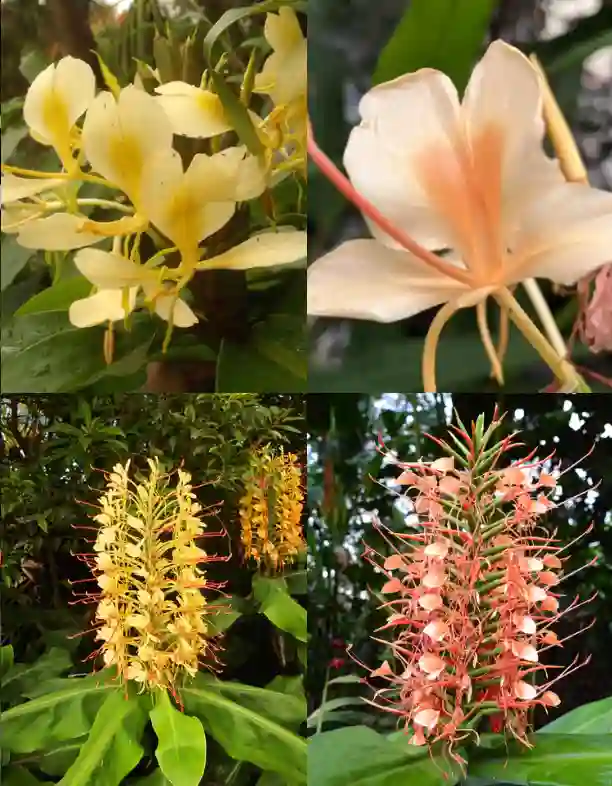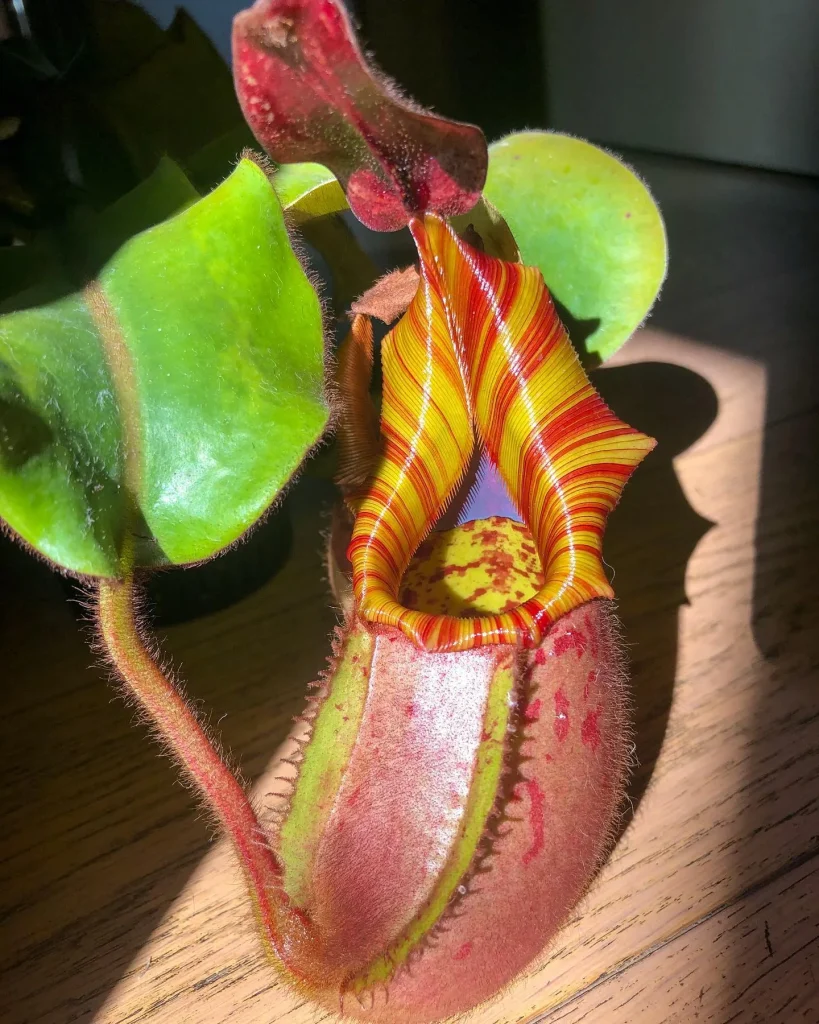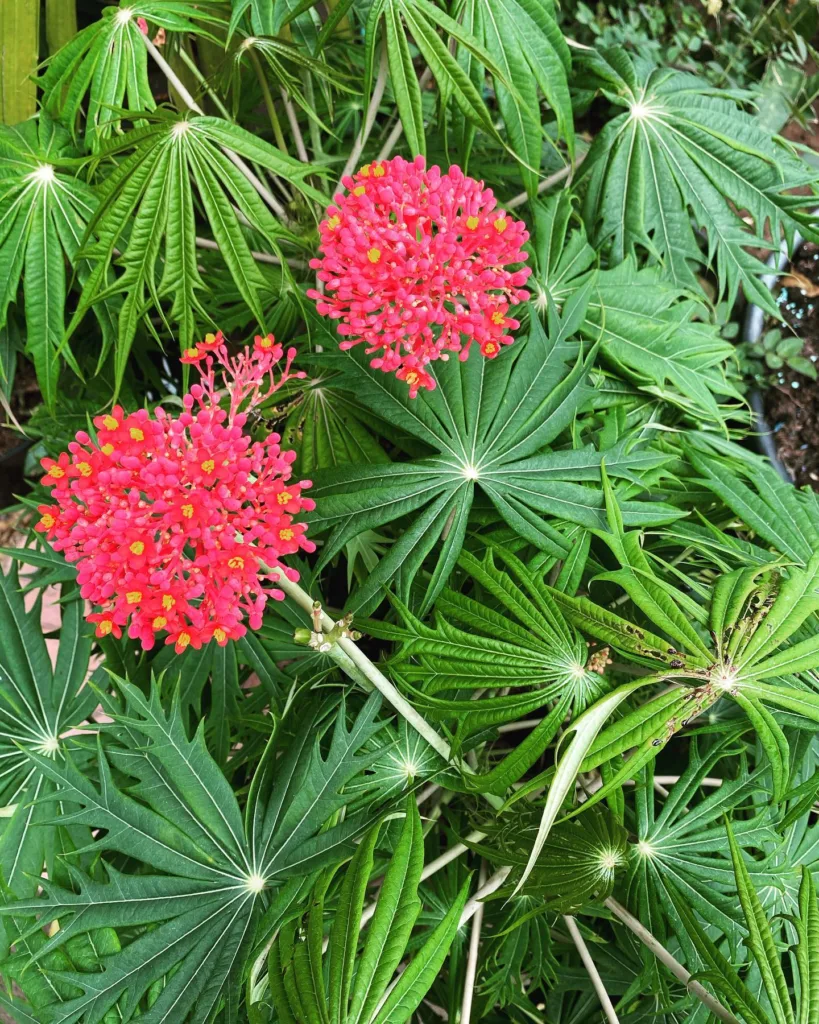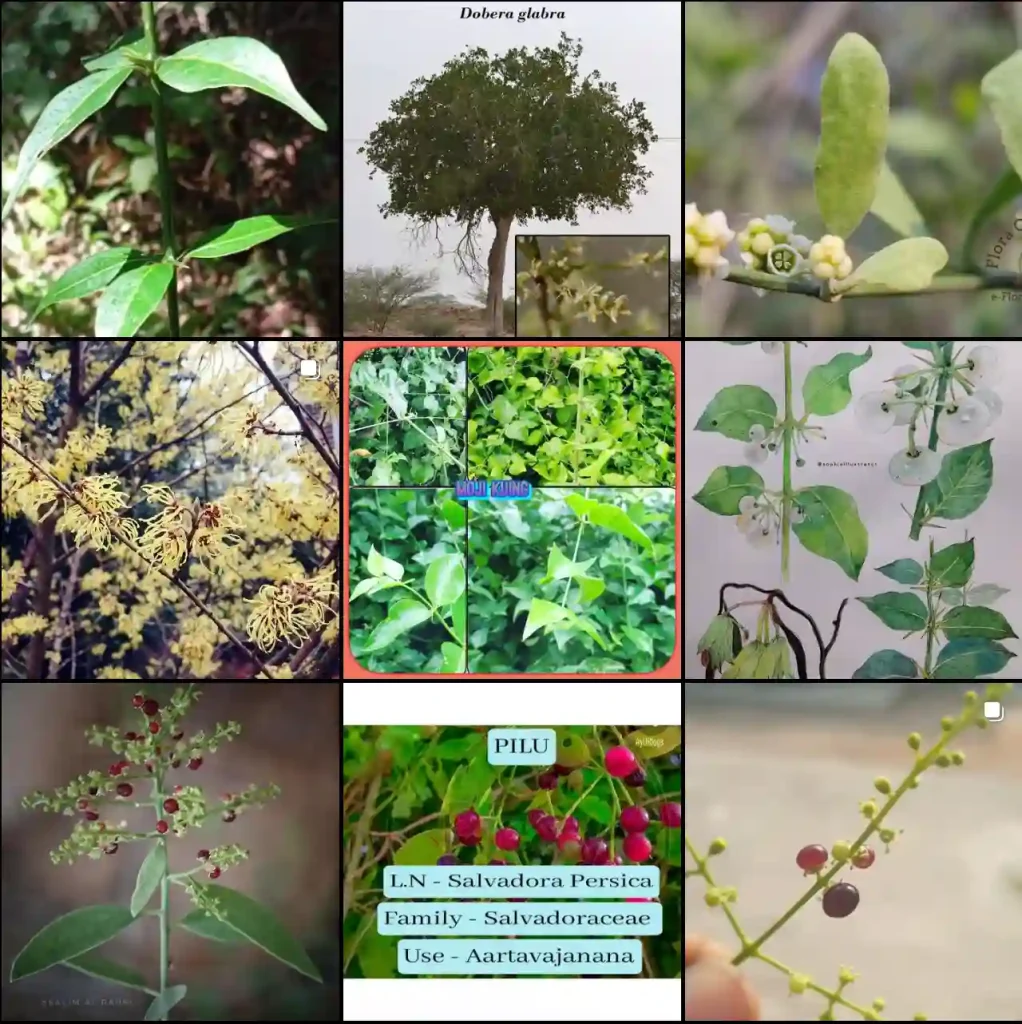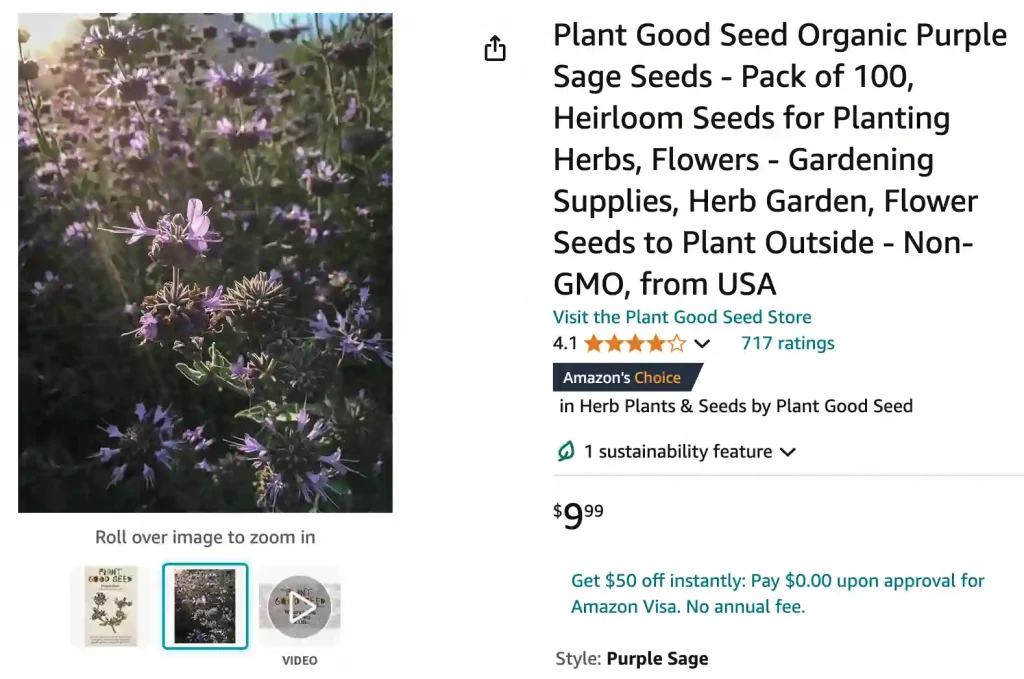
FAQs About Purple Sage
Purple Sage is a fascinating plant that often comes up in various gardening and herbal circles. Here’s everything you need to know about it, from its uses and characteristics to how it compares with other similar plants.
1050 Species in Genus Salvia
Is Purple Sage Hallucinogenic?
No, Purple Sage is not hallucinogenic. Unlike some other plants with psychoactive properties, Purple Sage (Salvia Leucophylla) does not contain compounds that induce hallucinations. It’s primarily used for its aromatic and decorative qualities rather than for any psychoactive effects.
Is Purple Sage Edible?
Purple Sage is generally not considered edible. While some types of sage are used in cooking, Purple Sage is mostly appreciated for its ornamental value and aromatic properties rather than as a culinary herb. Always consult reliable sources before consuming any plant to avoid potential health issues.
What to Do with Purple Sage?
Purple Sage can be used in various ways. It’s great for adding color and texture to gardens, especially in xeriscapes or drought-tolerant gardens. Its aromatic leaves can be used for crafting or as a natural air freshener. Additionally, the plant can be used in decorative arrangements and as a fragrant addition to potpourri.
Can You Burn Purple Sage?
Yes, you can burn Purple Sage, but it’s not as common as burning White Sage. Purple Sage has a distinct, pleasant aroma when burned, which can be used for a relaxing atmosphere or as a part of a ritual. However, it is less traditionally used in smudging practices compared to other types of sage.
Can You Smoke Purple Sage?
Although it’s possible to smoke Purple Sage, it is not a common practice. The plant is more often used for its aromatic properties rather than as a smoking herb. If you choose to smoke any plant, be sure to do thorough research and understand the potential health impacts.
Can You Use Purple Sage for Smudging?
Yes, Purple Sage can be used for smudging, although it is less traditional compared to White Sage. Smudging with Purple Sage can help cleanse spaces and provide a unique fragrance. However, it’s essential to ensure that you’re using it responsibly and understanding its cultural significance.
Does Purple Sage Flower?
Yes, Purple Sage does flower. The plant produces spikes of small, tubular flowers that are typically purple or lavender in color. These flowers attract pollinators like bees and butterflies, adding both beauty and ecological value to gardens.
How Big Does Purple Sage Get?
Purple Sage can grow quite large. Depending on growing conditions, it can reach up to 3 feet in height and width. Its size makes it an excellent choice for creating a striking focal point in your garden or landscape.
How to Harvest Purple Sage?
To harvest Purple Sage, you should do so in the late spring or early summer when the plant is most vigorous. Use clean, sharp scissors or pruning shears to cut the stems. Harvesting regularly encourages new growth and keeps the plant healthy.
Is Purple Sage a Perennial?
Yes, Purple Sage is a perennial plant. It comes back year after year, making it a great addition to gardens where you want lasting color and texture. Its hardiness in drought conditions also makes it a reliable choice for low-maintenance landscapes.
Purple Sage vs. Green Sage
Purple Sage differs from Green Sage (Salvia officinalis) in color and appearance. While Green Sage has green foliage and is commonly used in cooking, Purple Sage features striking purple or grayish leaves. Green Sage is more often used in culinary applications, whereas Purple Sage is favored for its ornamental value.
Purple Sage vs. Lavender
Purple Sage and Lavender (Lavandula) are distinct plants. Lavender has narrow, gray-green leaves and purple flowers, while Purple Sage has broader, silvery leaves and its own unique purple flowers. Lavender is renowned for its fragrant flowers used in essential oils and cooking, while Purple Sage is appreciated for its ornamental qualities and aromatic leaves.
Purple Sage vs. Sage
Purple Sage and Sage (Salvia officinalis) are different species within the Salvia genus. While both have aromatic leaves, Sage is more commonly used in cooking due to its strong flavor, whereas Purple Sage is valued for its striking appearance and less intense aroma.
Purple Sage vs. White Sage
White Sage (Salvia apiana) and Purple Sage differ mainly in color and use. White Sage is traditionally used in smudging ceremonies and has white to gray-green foliage. Purple Sage, with its vibrant purple leaves, is less traditional for smudging but still offers a pleasant aroma.
Purple Sage vs. Black Sage
Black Sage (Salvia mellifera) has dark green to blackish leaves and is more aromatic compared to Purple Sage. Black Sage is also used in smudging and has a stronger, more pungent aroma. Purple Sage, on the other hand, is typically used for ornamental purposes and has a more subdued fragrance.
Purple Sage vs. Dalmatian Sage
Dalmatian Sage (Salvia nemorosa) is known for its robust, upright growth and vibrant purple flower spikes. It’s different from Purple Sage, which has a more sprawling habit and less showy flowers. Dalmatian Sage is often used in garden beds for its impressive flower display.
Purple Sage vs. Russian Sage
Russian Sage (Perovskia atriplicifolia) is not a true sage but resembles it in appearance. It has tall, airy spikes of small blue flowers and is known for its drought tolerance. Purple Sage, in contrast, has broader, more silvery leaves and a different flower structure. Russian Sage is often used for its tall, wispy appearance in gardens.
Purple Sage vs. Salvia
Salvia is a broad genus that includes many species, including Purple Sage. While Purple Sage (Salvia leucophylla) is known for its distinct purple foliage and flowers, other Salvias vary widely in color, size, and use. Each type of Salvia has unique characteristics and uses, from culinary to ornamental.
How to Care for Purple Sage?
Purple Sage is relatively low-maintenance. It prefers well-drained soil and full sun. Regular pruning helps maintain its shape and encourages new growth. During winter, especially in colder climates, mulch around the base to protect the roots.
How to Propagate Purple Sage?
Purple Sage can be propagated through cuttings or seeds. For cuttings, take a 4-6 inch piece of a healthy stem, remove the lower leaves, and plant it in a pot with well-draining soil. Keep it moist until roots develop. Seeds can be sown in spring after the last frost.
What to Plant with Purple Sage?
Purple Sage pairs well with other drought-tolerant plants like succulents, lavender, and ornamental grasses. Its striking foliage complements these plants and adds texture and color to your garden.
Is Purple Sage Toxic?
Purple Sage is generally non-toxic and safe for most people. However, as with any plant, it’s wise to avoid ingesting large amounts and to keep it away from pets and small children.
Benefits of Purple Sage
Purple Sage adds beauty and color to gardens, attracts pollinators, and is low-maintenance. Its aromatic leaves can also be used in crafts and as a natural air freshener.
Common Problems with Purple Sage
Purple Sage can be prone to issues like powdery mildew and root rot, especially in overly moist conditions. Ensuring well-drained soil and good air circulation can help prevent these problems.
With these insights, you should have a well-rounded understanding of Purple Sage and its uses. Whether you’re a gardener or simply curious, this plant offers both practical and aesthetic benefits.
If i die, water my plants!
